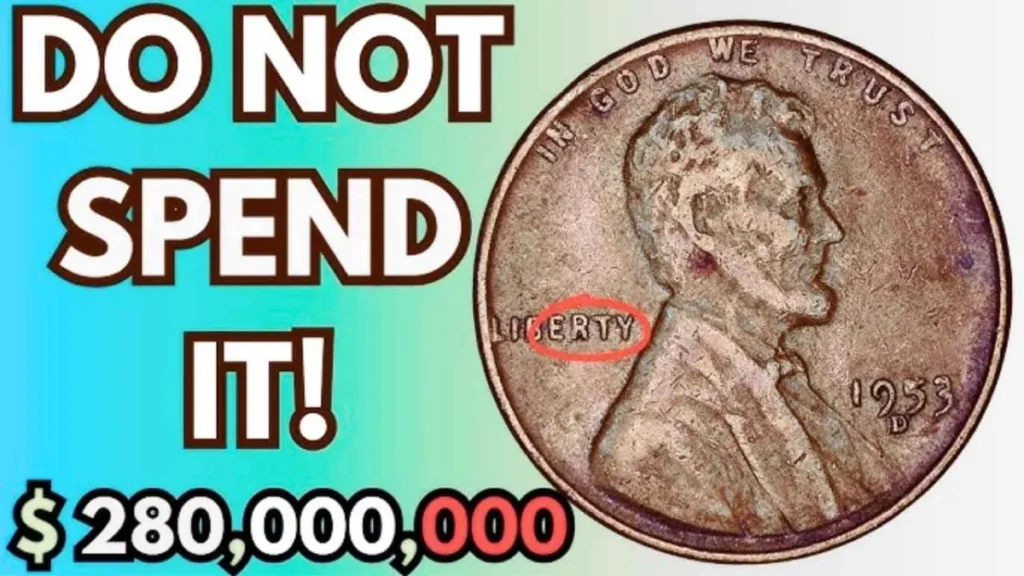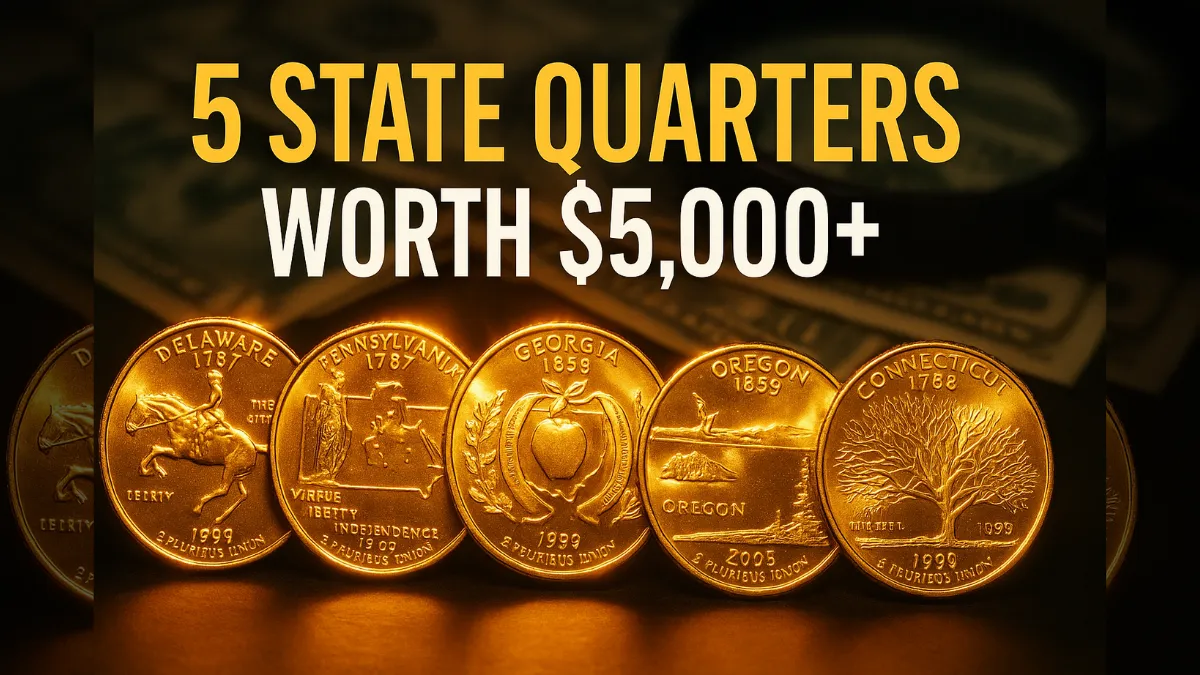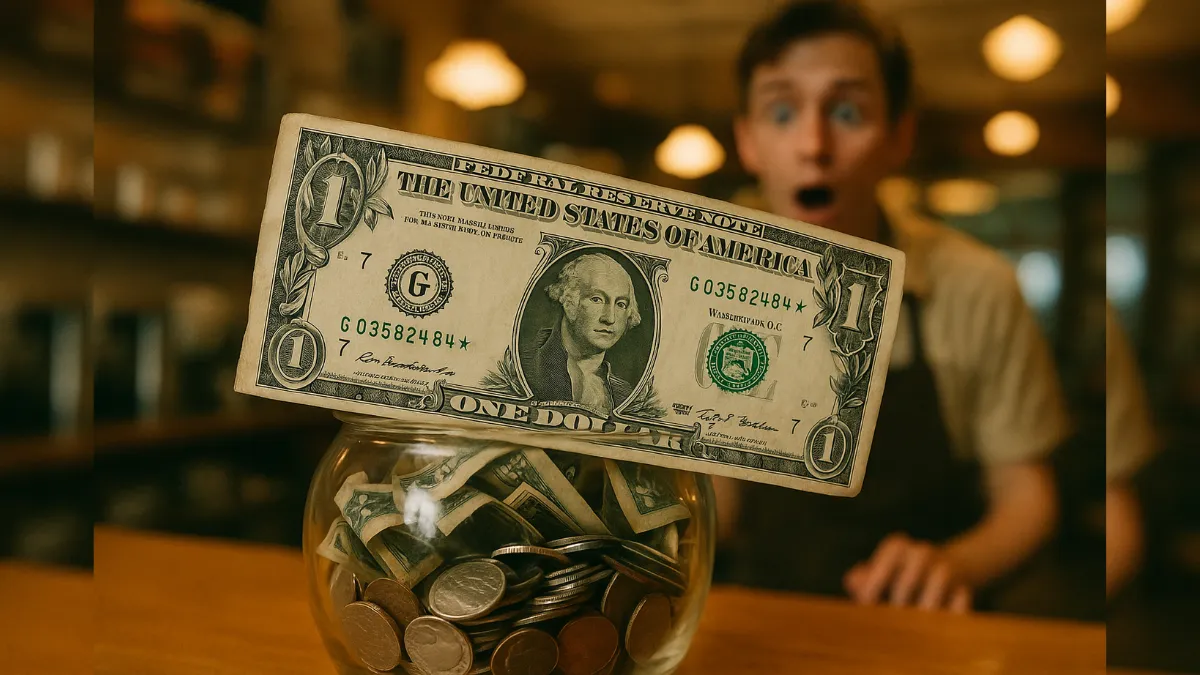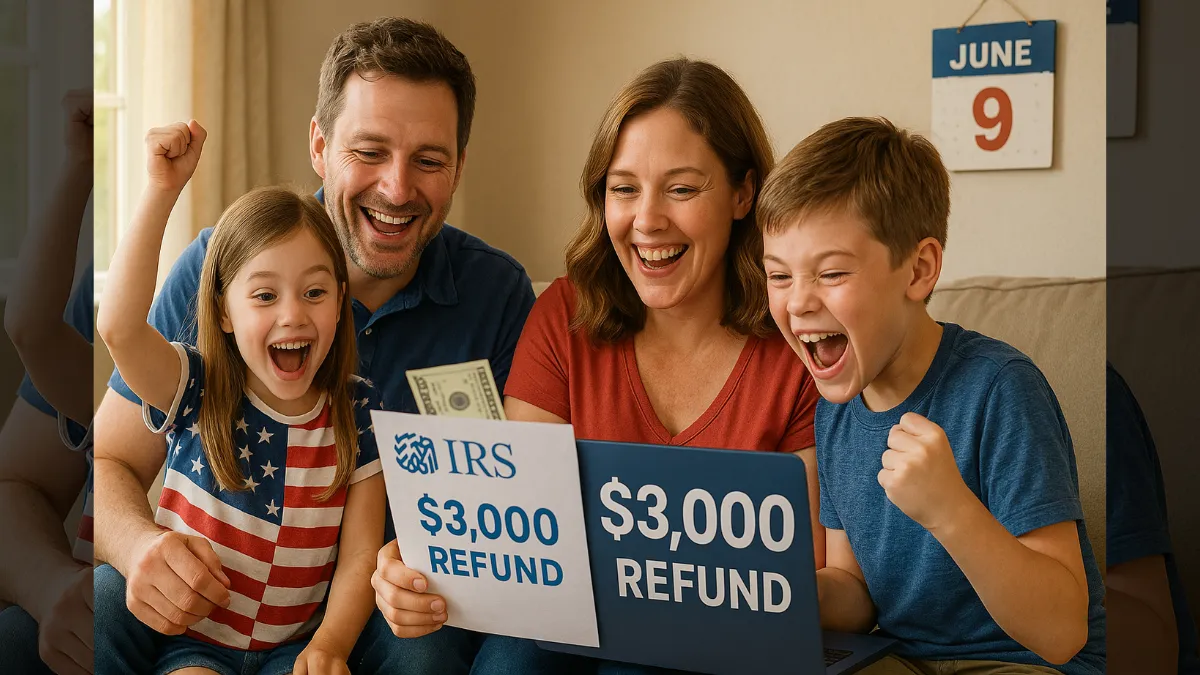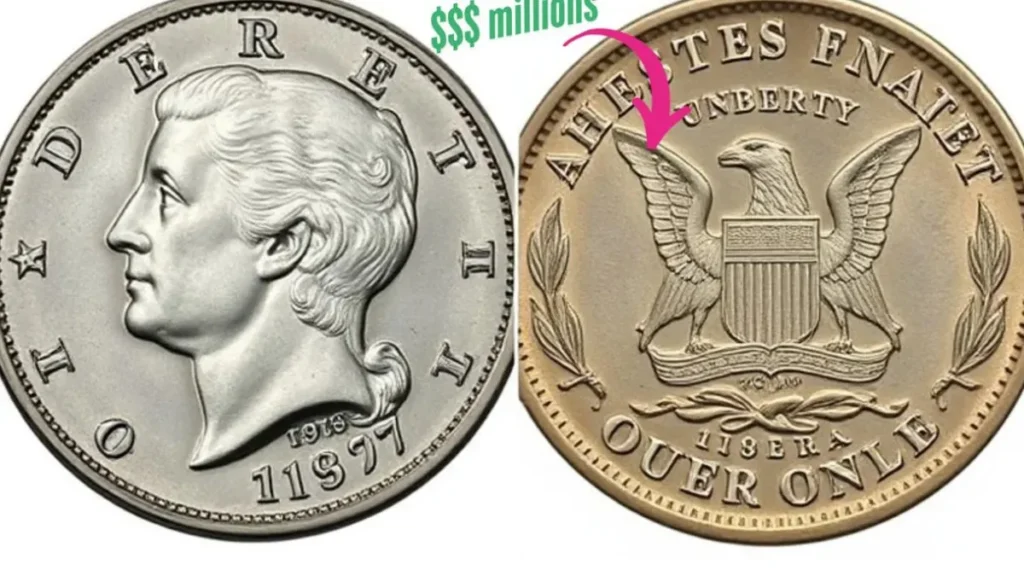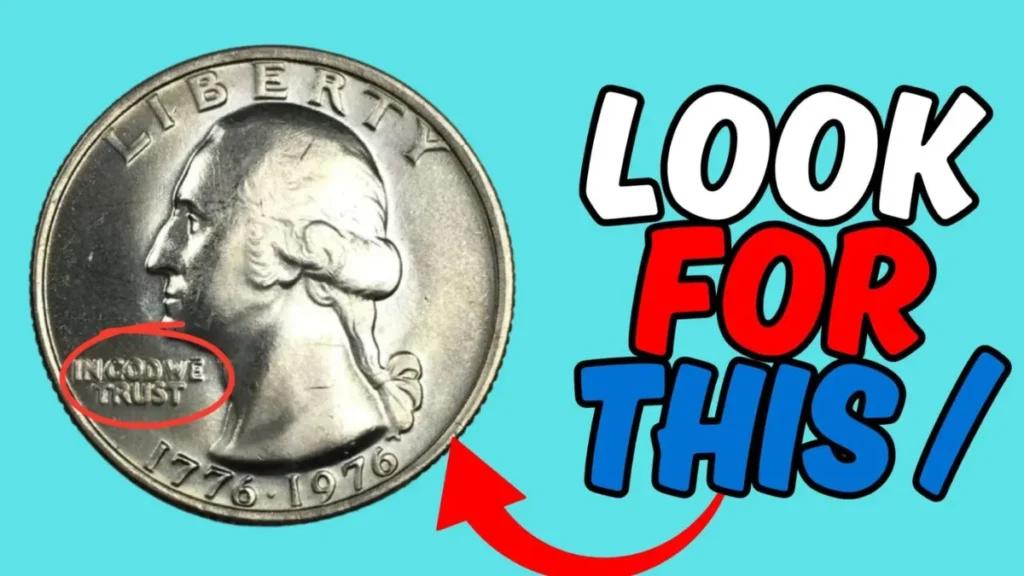A Coin That Changed History
In 1975 and 1976, the United States Mint introduced a special edition quarter to commemorate the 200th anniversary of American independence. This unique coin, known as the Bicentennial Quarter, was distinctly different from standard quarters that featured an eagle on the reverse. Instead, it showcased a colonial drummer boy with a torch surrounded by 13 stars, symbolizing the original colonies.
On the front, the familiar image of George Washington was accompanied by dual dates, “1776-1976,” marking the bicentennial celebration. While the majority of these coins remain worth just 25 cents, speculation about an ultra-rare version valued at $2.5 billion has stirred excitement among both collectors and the general public. Many now wonder if such a rare coin might be hiding in their loose change.
The Truth Behind the Billion-Dollar Hype
The widely circulated claim that a single Bicentennial Quarter could be worth $2.5 billion is more fiction than fact. To date, no coin of this type has sold for anywhere near that figure. Experts believe this inflated value originated from unverified internet rumors and sensational headlines. Nonetheless, some Bicentennial Quarters have sold for substantial amounts, particularly those with rare minting errors or those struck on unusual materials.
Coins made with 40% silver or those featuring mistakes like double strikes or off-center impressions are particularly valuable. The combination of historical relevance and extreme rarity has driven up prices in the collector’s market, sometimes into the thousands or even millions, though nothing near the billion-dollar mark has ever been verified.
What Makes These Quarters Special
While over 1.6 billion Bicentennial Quarters were produced between the Philadelphia, Denver, and San Francisco mints, most of them are extremely common. However, there are notable exceptions that stand out for collectors. Coins that contain minting errors such as doubled inscriptions or misaligned designs are considered highly desirable and rare.
Additionally, quarters minted in San Francisco for collectors were made with 40% silver, unlike the typical copper-nickel versions. These silver coins were not released for general circulation and thus are more valuable. A coin in pristine, uncirculated condition or one featuring a unique mint error can command a high price—sometimes in the hundreds or thousands. Despite this, the idea of a $2.5 billion quarter remains more myth than reality.
How to Spot a Valuable Quarter
Spotting a potentially valuable Bicentennial Quarter requires a keen eye and a little knowledge. Start by checking for the “1776-1976” dual date and the distinctive drummer boy design on the reverse. Look at the mint mark—coins marked with “S” were minted in San Francisco and are often silver, “D” indicates Denver, and no mark typically means it was minted in Philadelphia.
Use a magnifying glass to search for doubling on inscriptions like “LIBERTY” or “IN GOD WE TRUST.” Silver coins also weigh slightly more—5.75 grams compared to 5.67 grams for standard copper-nickel coins. Avoid cleaning the coin, as this can reduce its value. For a proper assessment, have the coin evaluated by a professional grading service like PCGS or NGC to determine its authenticity and potential worth.
Feature Details Potential Value
Some of the key traits that can increase a Bicentennial Quarter’s value include the mint mark, type of error, and overall condition. Coins with the “S” mint mark—especially those made from 40% silver—can range in value from $5 to over $19,000 depending on condition.
Rare error types such as double die or off-center strikes can fetch between $50 and $201,000. Coins in exceptional, uncirculated condition, particularly those graded MS-67 or higher, may be worth anywhere from $35 to $2,350. These features all contribute to the coin’s collectability and market value, drawing attention from numismatists and hobbyists alike.
The Hunt Is On Across America
The possibility of finding an incredibly valuable Bicentennial Quarter has sparked a wave of interest across the country. From kitchen drawers to forgotten piggy banks, people are sifting through their coin collections in search of hidden treasure.
While stumbling upon a quarter worth billions is extremely unlikely, many have uncovered coins valued in the thousands in the most ordinary of places—cash registers, vending machines, and rolled coins from banks. Stories of discoveries, like a 1976-S silver quarter that sold for $19,200, keep the public interest alive. Beyond monetary gain, collecting these coins also offers a nostalgic connection to America’s heritage and an enjoyable way to engage with history.
A Piece of History Worth Searching For
Even if the talk of a billion-dollar coin is exaggerated, the Bicentennial Quarter still holds great historical and sentimental value. Its design honors America’s revolutionary roots and commemorates the country’s enduring legacy of freedom. For many collectors, the journey of hunting for a rare coin is more thrilling than the prize itself.
Whether you’re a seasoned numismatist or just someone curious about your spare change, inspecting your quarters could lead to a surprising discovery. So, grab a magnifying glass, check for those unique features, and you might just find a small but meaningful artifact from America’s past—potentially worth far more than its face value.
FAQs
Q1: How can I tell if my Bicentennial Quarter is silver?
Weigh the coin—silver versions weigh 5.75g and usually have an “S” mint mark for San Francisco.
Q2: Are all 1976 Bicentennial Quarters valuable?
No, most are common. Only those with errors, silver content, or uncirculated grades hold significant value.
Q3: Can I clean my Bicentennial Quarter to make it look better?
Avoid cleaning it. Cleaning can damage the coin’s surface and significantly lower its collectible value.
Q4: Where can I sell a rare Bicentennial Quarter?
You can sell valuable coins through coin dealers, auctions, or platforms like eBay, but get it graded first for the best value.
Matthew K. Ayers is a seasoned finance writer with a sharp eye for market trends and economic insights. With a background in financial analysis and a passion for simplifying complex topics, he crafts clear, actionable content to help readers make smarter money decisions. From personal finance to global markets, Matthew delivers trustworthy advice with clarity and precision.
